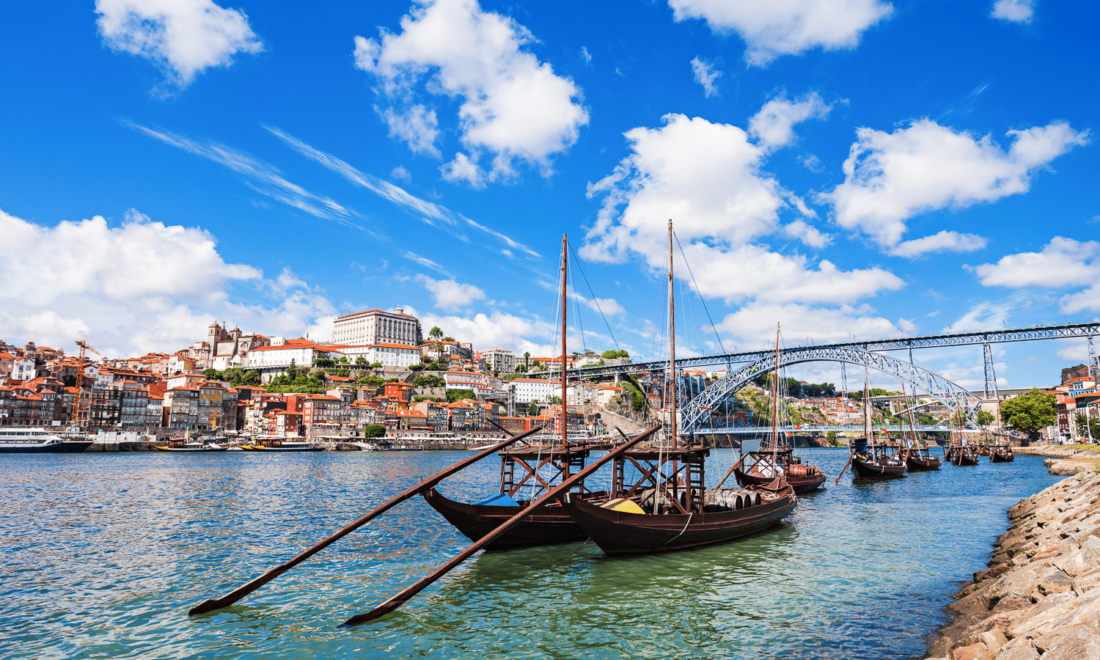Porto, the second-largest city in Portugal after Lisbon, has a wealth of things to do and see. That’s why we decided to share some of the city’s main attractions with you. If you’d like to find out which are they, please stay with us.

©Portugal gateways
Short Intro to Top Attractions in Porto
Firstly, Porto is a commercial city with a rich history. Another important aspect is that it’s not a glamorized tourist destination; commerce is integral to its identity. Furthermore, it has undergone significant restoration since being named the European City of Culture in 2001, and the waterfront cafés and restaurants in the riverside neighborhood of Ribeira are a popular attraction.
After exploring the commercial center and visiting the Cathedral, two cultural attractions in Porto are worth checking out: the applied art collections at the Museu Nacional Soares dos Reis and the Fundação Serralves Museum of Contemporary Art, which is known for its world-class exhibits. Other popular tourist activities in Porto include:
- Relaxing at a dockside café.
- Take a cruise on the Douro River.
- Trying different types of port wine from across the Vila Nova de Gaia river.
- Take a ride on the antique tram to Foz do Douro beach at the mouth of the Rio Douro.
Admire the Porto’s architecture.
Yes, Porto is renowned for the Baroque architecture in its churches, which was brought to Portugal by an Italian painter and architect named Nicolau Nasoni. The city also has Neoclassical and French Renaissance architecture. The Porto School of Fine Arts in the 1950s produced contemporary architects, including Eduardo Souto Moura, Alcino Soutinho, and Álvaro Siza Vieira. Porto’s famous bridges include the landmark Ponte Dom Luís I and five more, such as the Ponte do Infante and Gustave Eiffel’s iron railway bridge, Ponte Dona Maria Pia. You can take a river cruise to see all of these bridges. So, put all together, the city’s architecture and urbanism are among Porto’s top attractions.

©europeanbestdestinations.com
The Porto Cathedral – Sé do Porto
The Sé Cathedral is a significant religious building in Porto in the Batalha district. It has a fortress-like exterior, and its architectural style combines Baroque, Romanesque, and Gothic. The nave appears narrow due to large pillars and a high ceiling. The Cathedral and its cloister are must-visit attractions in Porto and offer impressive views of the city and the river. The square beside the Cathedral used to be a place of execution for criminals in Porto.

©portugaltravelguide.com
Clérigos Church and Clérigos Tower
The Clérgios church was built between 1735 and 1748 in a baroque style. The Clérgios tower tops it, and it’s one of the most emblematic monuments in the city. This eighteenth-century complex was commissioned by the Brotherhood of the Clérigos in the old town, on the “hill of the hanged men,” where the executed prisoners were buried.
Clérigos Tower
The Clérigos Tower is Portugal’s tallest bell tower at 249 ft (76 meters). It offers a stunning view of the city and river from its 200 steps. The building houses a large carillon with 49 bells and an observation deck for great photo opportunities. It’s a must-visit tourist destination in Porto for its panoramic view of the old town and Douro River.
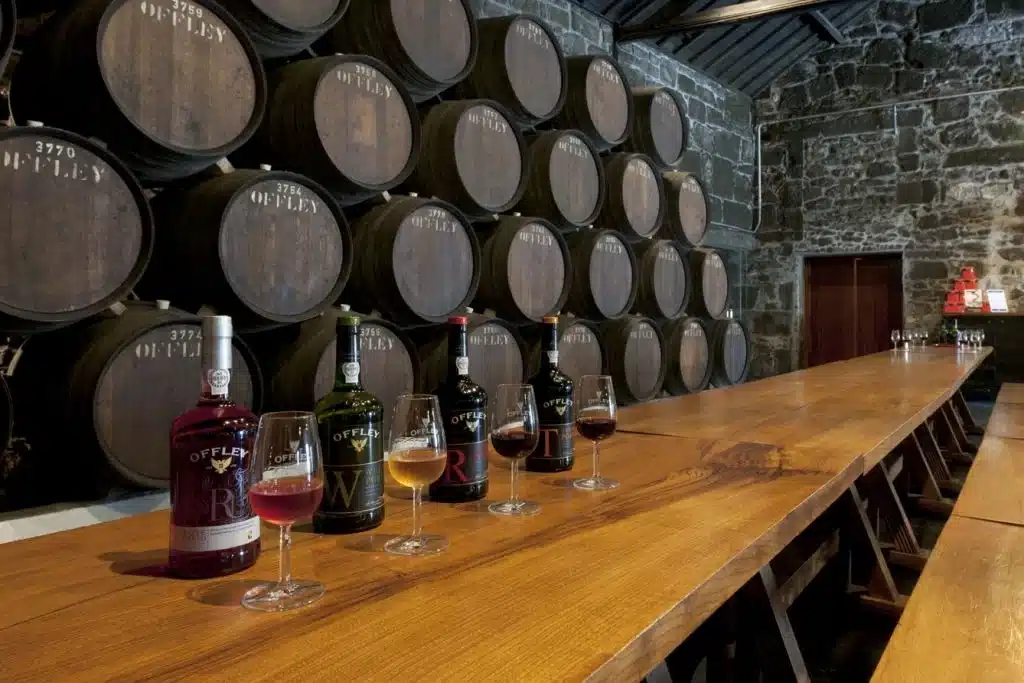
©blog.winetourismportugal.com
Best Cellars in Porto
Porto’s cellars and wine lodges are in Vila Nova de Gaia, opposite the Douro River. This region has been producing Porto wine, a famous fortified wine aged in wooden barrels for centuries.
The critical difference between Port wine and other wines is that it is fortified with aguardiente, which stops fermentation. This allows the wine to preserve the grapes’ original sweetness while having a high alcohol content.
During the seventeenth century, British merchants discovered Port wine and transported it back to Britain. However, the wine would go bad during the journey, so they fortified it with aguardiente to preserve it better.
If you’re interested in wine tours in Porto, many wine lodges in Gaia exist. During the tour, a guide will explain the winemaking process, and you will explore the installations. The tour will conclude with a tasting of the cellar’s wines. Usually, there are two selected Porto wines.
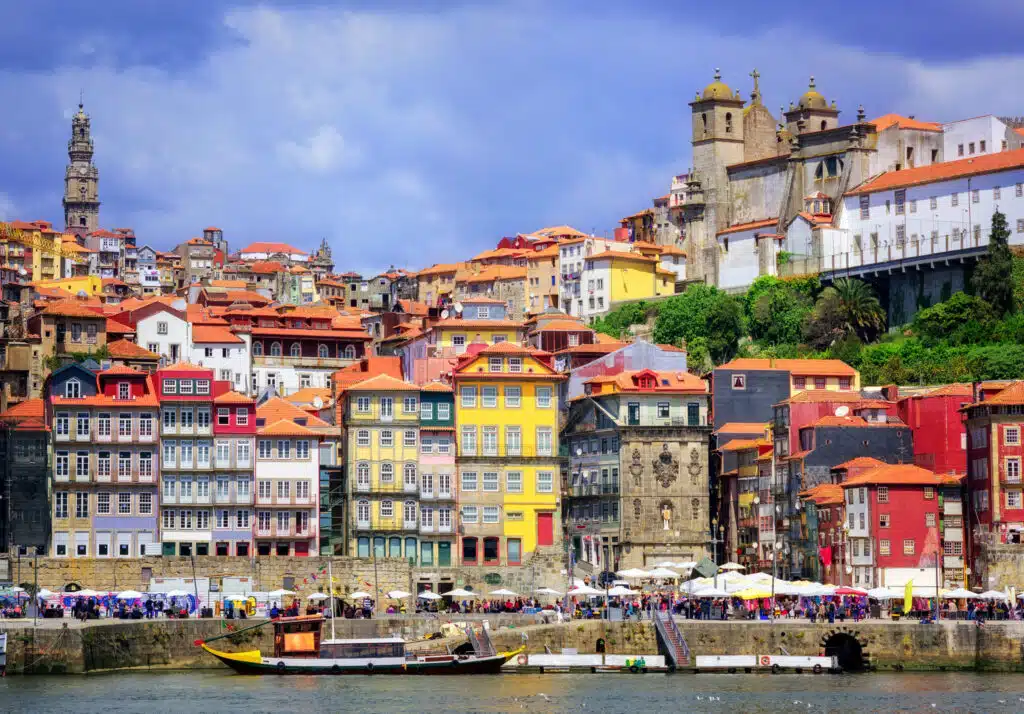
©Credit: Boris Stroujko – stock.adobe.com, Copyright: ©Boris Stroujko – stock.adobe.com
Ribeira
Porto’s Ribeira waterfront has transformed from a cargo dock to a top tourist destination with a line of restaurants and cafes, making it one of Porto’s Top Attractions. Visit in the morning for a local feel amidst the postcards and warehouses. The Ponte Dom Luís I bridge is a popular photo spot with two levels to reach Vila Nova de Gaia’s bars and restaurants. Enjoy the coffee and views of the bridge and river at the café built on top of the bridge’s surviving stone piers.
Fundação Serralves
Visit the contemporary art museum and park owned by the Fundação Serralves, located 4km west of Porto’s center. Designed by Álvaro Siza Vieira, it’s a minimalist triumph set in a lush green park. The museum features changing exhibitions throughout the year, showcasing works of Portuguese and international artists from the 1960s to the present. The park is free to enter, and you can grab a bite at the terrace café, restaurant, or museum shop. The park is a serene place to spend an afternoon strolling along the paths, admiring the lawns and art installations. The gardens host a “Jazz no Parque” concert series in July and August.
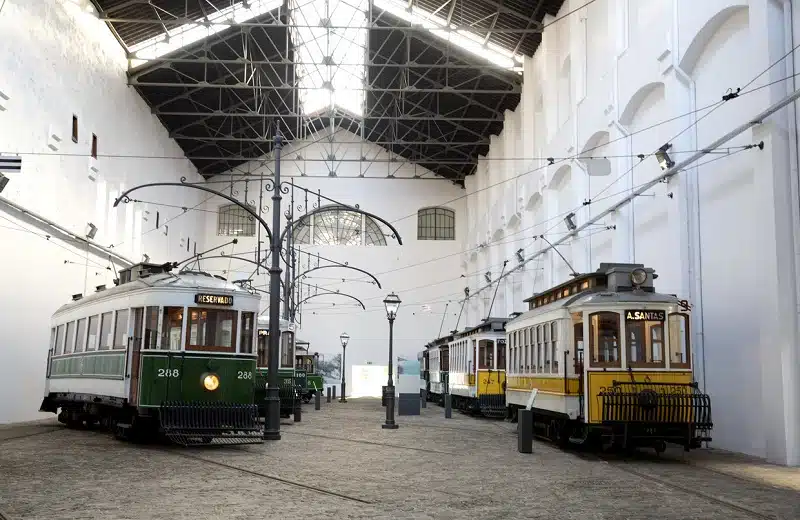
©dicasdelisboa.com.br
Museu do Carro Eléctrico in Porto
The Tram Museum, or Museu do Carro Eléctrico, is in an old power plant in Massarelos. It exhibits restored heritage streetcars, from the oldest horse-drawn to those from the 1950s and 1960s. The museum also displays the original uniforms of tram drivers and other exciting items. The museum’s highlight is the restored vintage trams, including the oldest horse-drawn tram, built in 1872. The ticket allows a single journey on one of Porto’s vintage trams, including one in front of the museum.
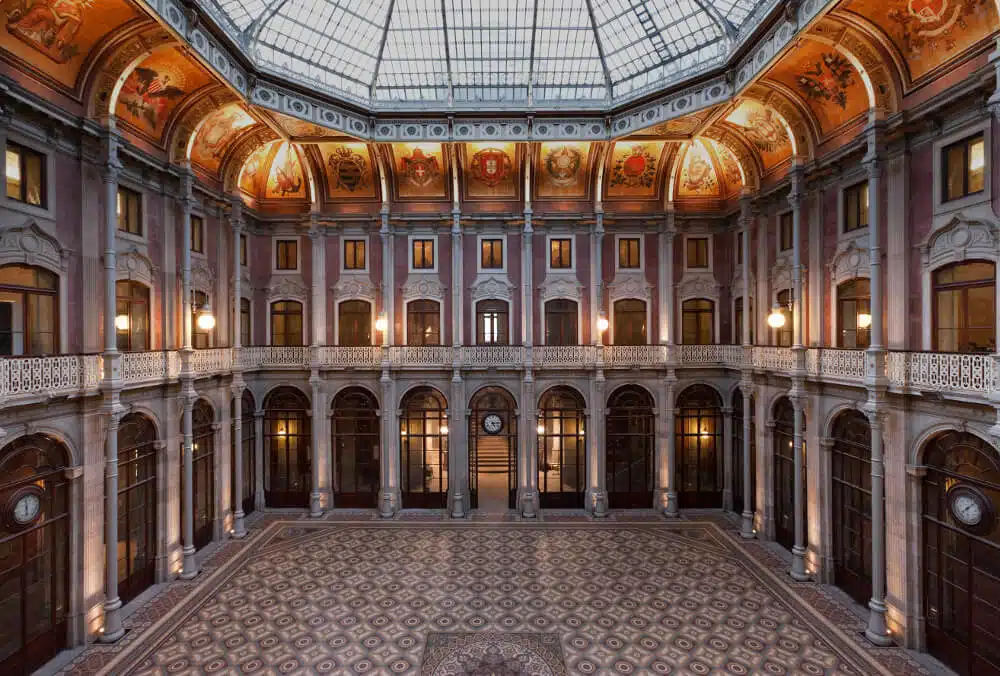
©palaciodabolsa.com
Palácio da Bolsa in Porto
The Palácio da Bolsa, or Stock Exchange Palace, is a neoclassical building in Porto’s city center. It was built in the mid-19th century on the site of St Francis Convent, which was destroyed during the Liberal Wars. Visitors can explore the palace’s many impressive rooms, including the Golden, General Assembly, and Arab Room. The latter is the palace’s highlight, boasting Moorish-style decor over 300 meters. Guided tours are available in four different languages and last half an hour.
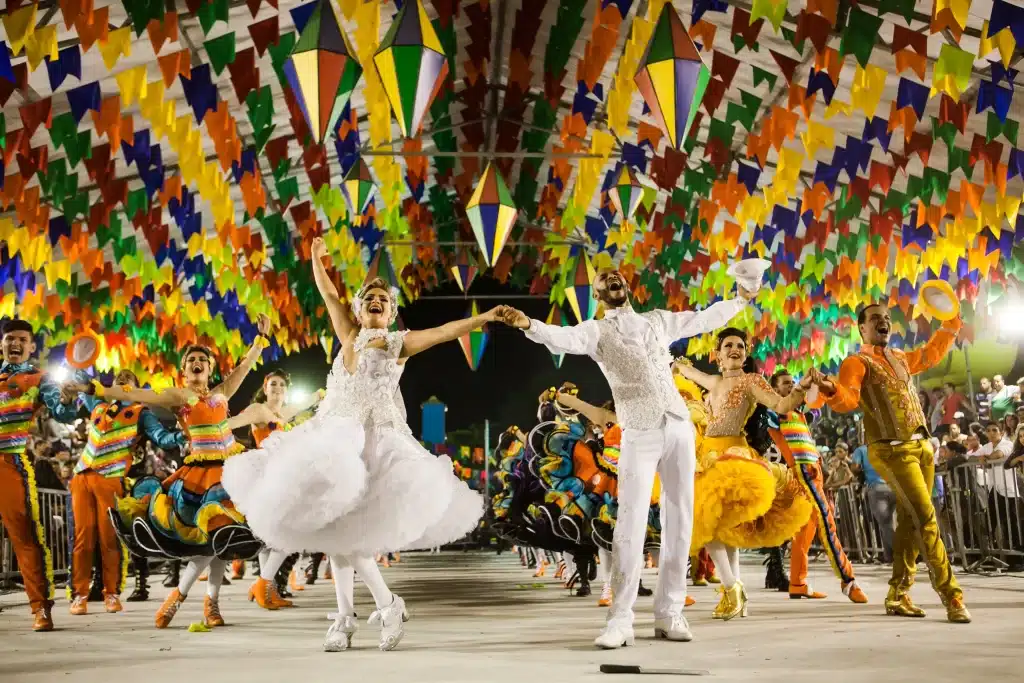
©ufrb.edu.br/bibliotecacecult
Festa de São João
Porto celebrates Festa de São João on June 23-24 in honor of John the Baptist, the city’s patron saint. People swing plastic hammers and release Chinese lanterns. At midnight, there are free concerts and a huge fireworks display over the river at Praça da Ribeira. The festival includes concerts, dances, vintage car rallies, regattas, sardine grills, and Cascata displays.
To Sum Up: Top Attractions in Porto
Porto is famous for its food, culture, architecture, and beauty. You can explore it in 48 hours. Also, it is a gateway to the unexplored north of Portugal. Guimarães, the birthplace of Portugal, is just a short car ride away. So, stay an extra day or two to explore. Remember to drink plenty of Port wine, order a francesinha (or two), and get lost in the winding streets of Porto.
Take a look at
References and sources:
Photo credits:
Feature photo credits: ©Portugal gateways



